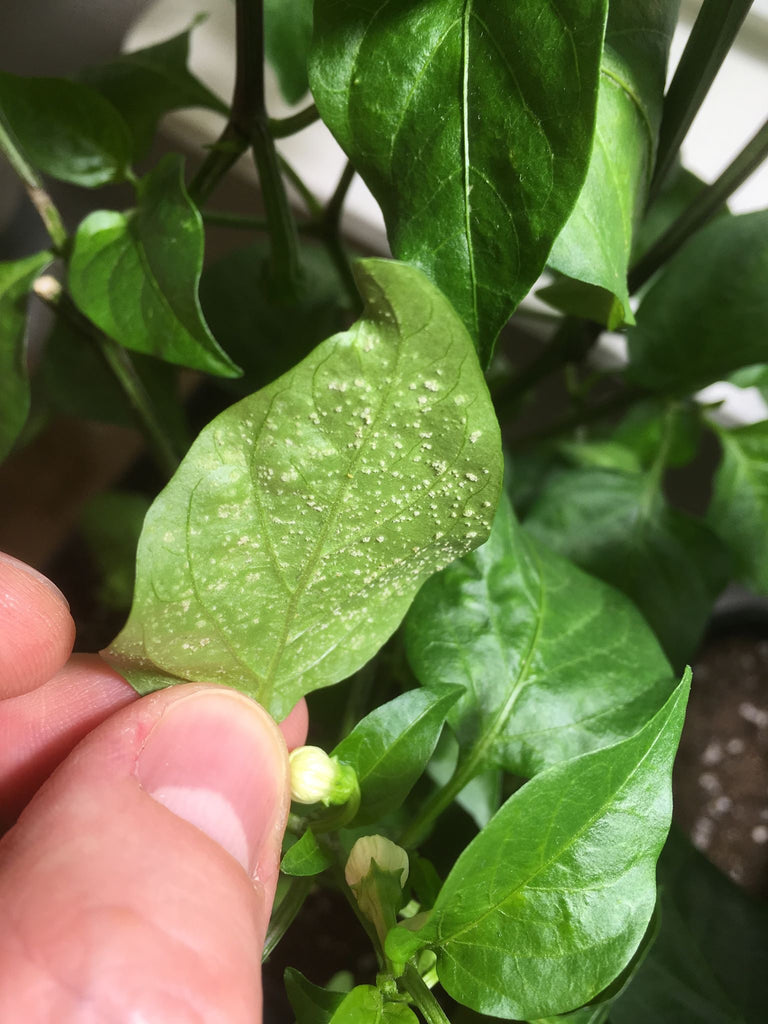Edema - what is it and how can I get rid of it?
Posted by REMY EKORNSETER

It happens to everyone at one time or another and it often causes a bit of shock and disbelief. Many people think it is eggs, or lice, or something else mysterious that has appeared on the plants in a short time. But take it easy. Edema is relatively harmless and has its natural causes.
How to identify edema
Edema is unlike other external influences and cannot be removed. You will see some damage on the top of the leaves, some more if the edema is severe. If you look under the leaves, you will see some kind of warts sticking out. There may be a few, or many hundreds on one leaf. These warts can easily be mistaken for eggs, but as a rule eggs are very different and collected in specific patterns and they can be removed. The degree of how strongly the edema has developed depends on how long the problem has been allowed to persist.

Edema is simply explained as a swelling or congestion, simply an accumulation of fluid in tissue, not unlike what we find in humans. But the reason is quite different. Edema comes from poor air circulation, too much humidity and too much absorption of liquid in relation to what the plant is able to evaporate or give off. When a plant receives too much water over time without overwatering, a case of edema can occur. But the worst cases are usually due to several variations, where air circulation is the main reason. When plants are crowded, often during the pre-cultivation of vegetables, the plant will struggle to release liquid. This liquid builds up in the membrane of the plant tissue and cells. When the intake is far greater than what the plant is able to use and emit, the cells will fill with liquid and eventually burst. When this happens you get these warts which we call oedema. The leaves that are affected will never recover and once the problem has been overcome it may be aesthetically correct to remove them.
Treatment
Edema is quite easy to treat. For the vast majority, it's just a matter of making better space between the plants or bringing in a fan that circulates the air around the crown of the leaves and the top of the pots. You can also relax a little on watering, the vast majority of vegetables and chillies in particular tolerate a little less water better than a little more! Epsom salt should be sprayed with a spray bottle once a week over the leaves of the plants, with the exception of tomatoes, cucumbers, melons and the like. They can get it directly into the soil where it is watered. The edema will not affect your plant as long as you do something about it. In prolonged cases of edema, you can have other problems with your plants that lead to stagnation in growth, diseases, bacteria or dead plants.
Photo: Bernt Sigbjørn Slogvik
You can buy Epsom salt here


